The transformation of the 1939 classic The Wizard of Oz into an immersive experience tailored for the Las Vegas Sphere is a groundbreaking project that melds cinematic nostalgia with cutting-edge technology. This article delves deeply into the goal of the project, the technological innovations that drive it, and the step-by-step process used to adapt a two-dimensional film for one of the world’s most advanced entertainment venues.
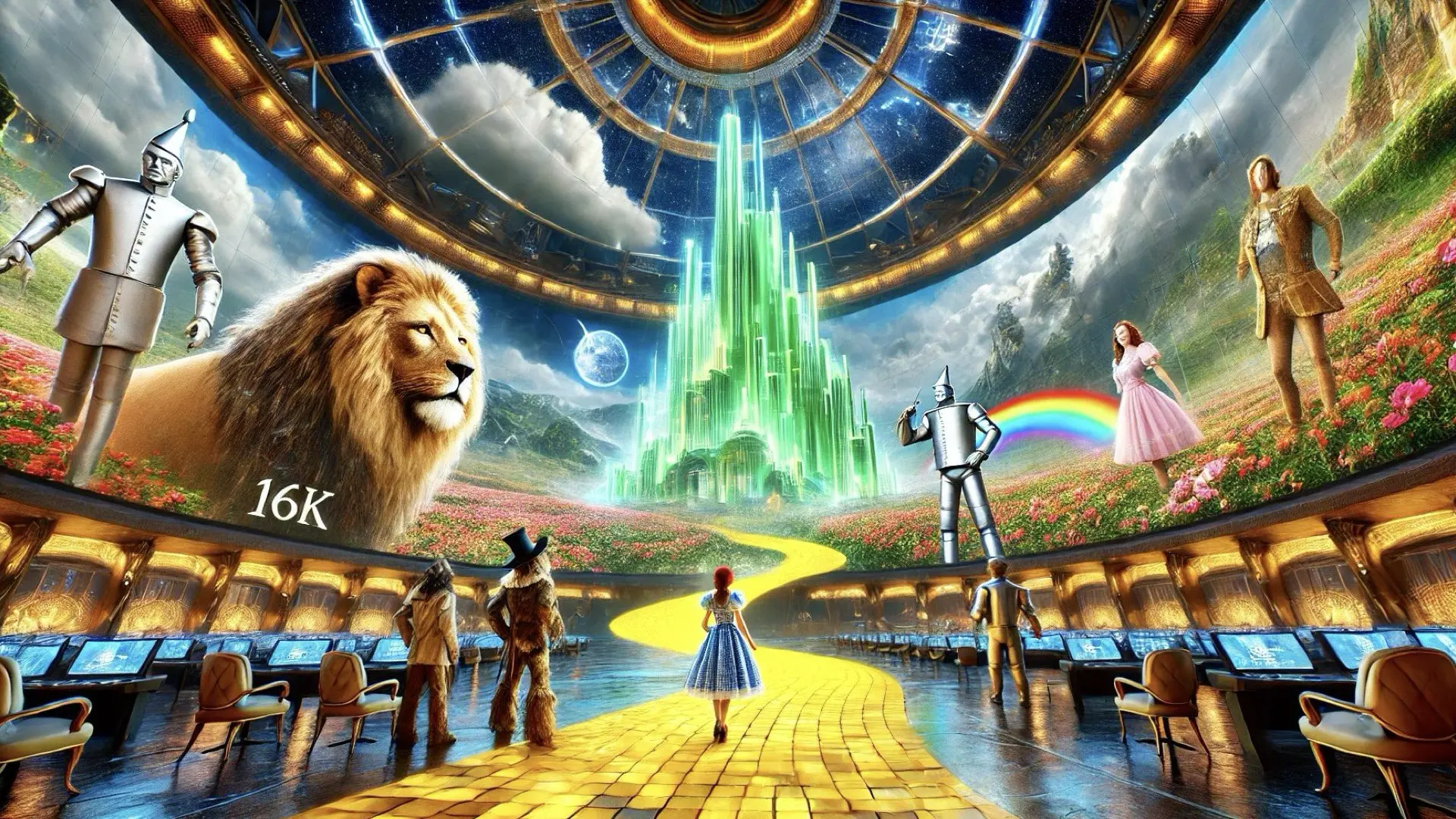
The Goal of the Project
The primary goal of the The Wizard of Oz Sphere Project is to reimagine a cultural icon for modern audiences in a revolutionary venue. The Sphere, with its 16K x 16K wraparound LED screen and state-of-the-art immersive capabilities, offers an unparalleled platform to elevate the cinematic experience. This adaptation seeks to:
- Celebrate a Classic: Pay homage to the artistry and storytelling of The Wizard of Oz while introducing it to a new generation.
- Leverage Sphere’s Capabilities: Fully utilize the Sphere’s immersive technologies, including ultra-high-resolution visuals, spatial audio, and haptic feedback.
- Push Technological Boundaries: Demonstrate the possibilities of adapting legacy media to futuristic platforms.
This project is part of a broader trend in Premium Cinema aimed at revitalizing the movie-going experience. With the rise of low-quality AI-generated content, like Sora’s mobile-first videos, the Wizard of Oz Sphere Project underscores the value of investing in high-quality, immersive experiences that cannot be replicated on a smartphone. This venture reflects the future of cinema: an emphasis on quality, storytelling, and innovation to draw audiences back into theaters.
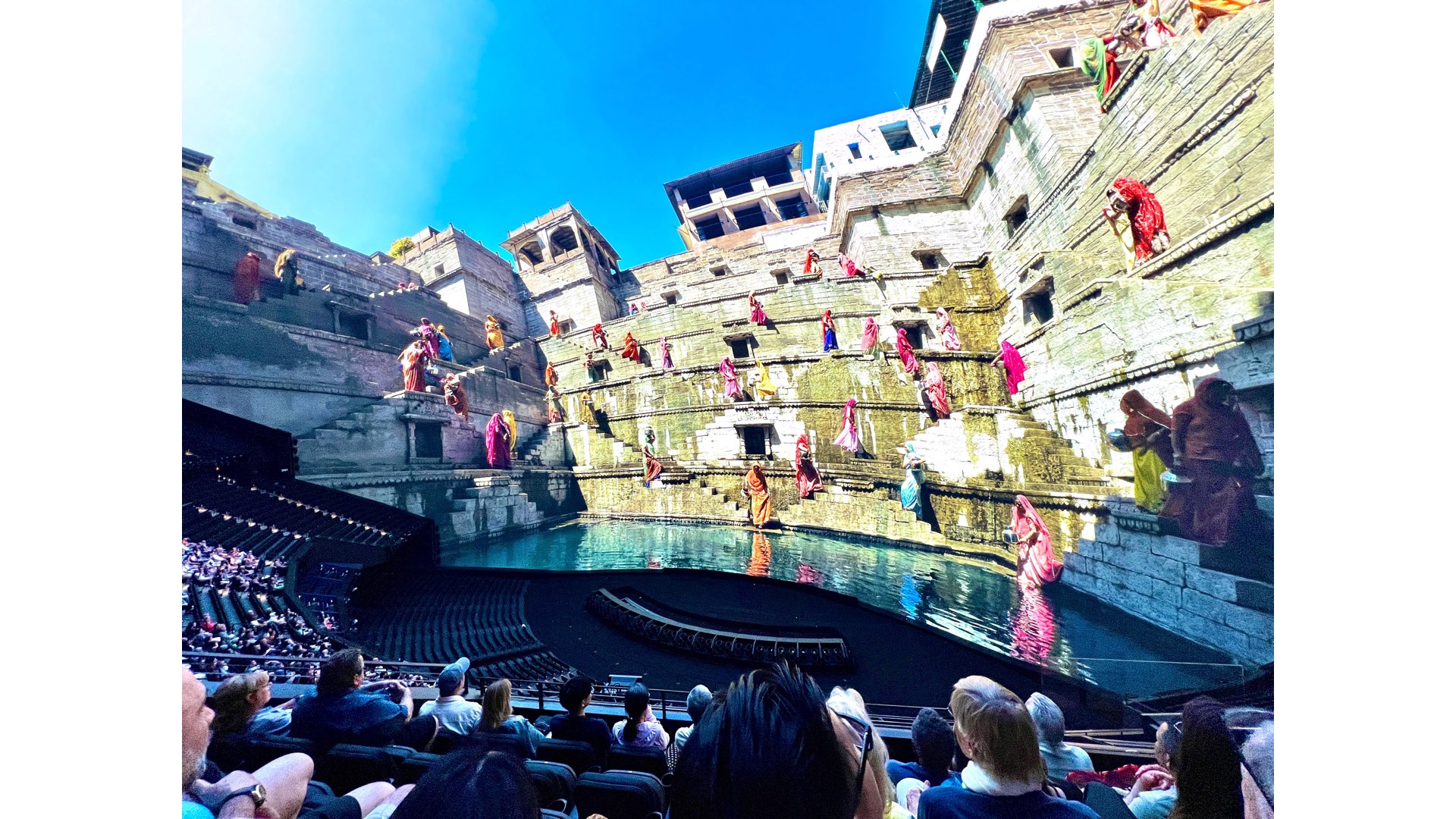
The Massive Scale of the Project
The Wizard of Oz Sphere Project stands as one of the most ambitious and expensive transformations in cinematic history, with an estimated budget of $80 million (just for post-production). This extraordinary cost reflects the complexity of reworking a legacy film to fit the Sphere’s unique technical requirements. It involved:
- State-of-the-Art Technology: A suite of industry-leading tools and software was employed to digitally enhance and reformat the original film.
- Specialized Labor: Teams of VFX artists, sound engineers, and software developers worked over two years to adapt the film.
- Hardware and Testing: Rendering content for the Sphere required specialized hardware and extensive on-site testing to ensure compatibility with the venue’s screen and audio systems.
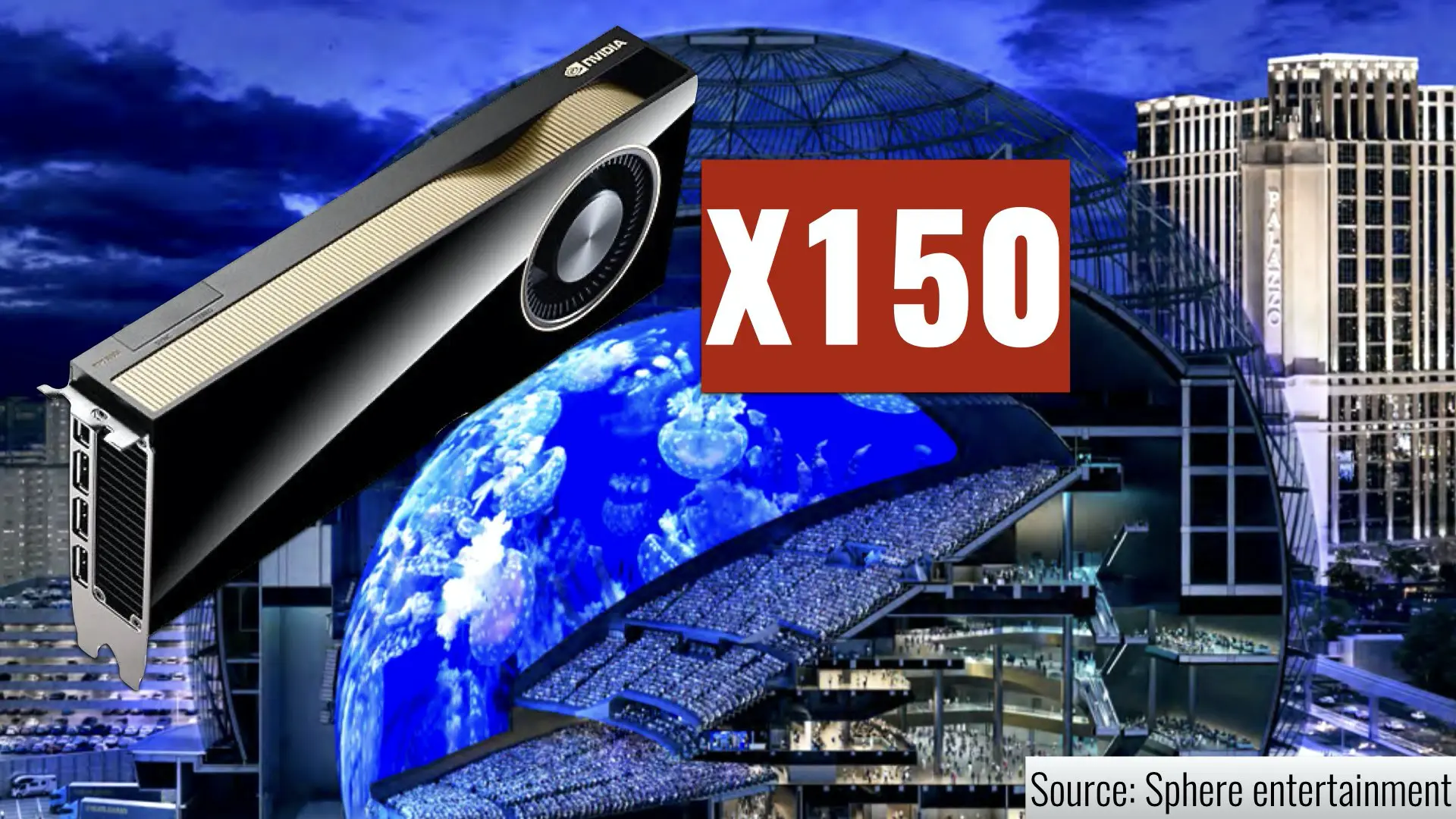
Why No Big Sky Camera Was Used
Unlike original productions designed specifically for the Sphere’s 18K x 18K Big Sky camera system—such as Darren Aronofsky’s Postcard from Earth—this project focuses on the digital enhancement and adaptation of existing footage. The original film’s content has been meticulously reworked to fit the Sphere’s specifications without requiring new footage to be shot.
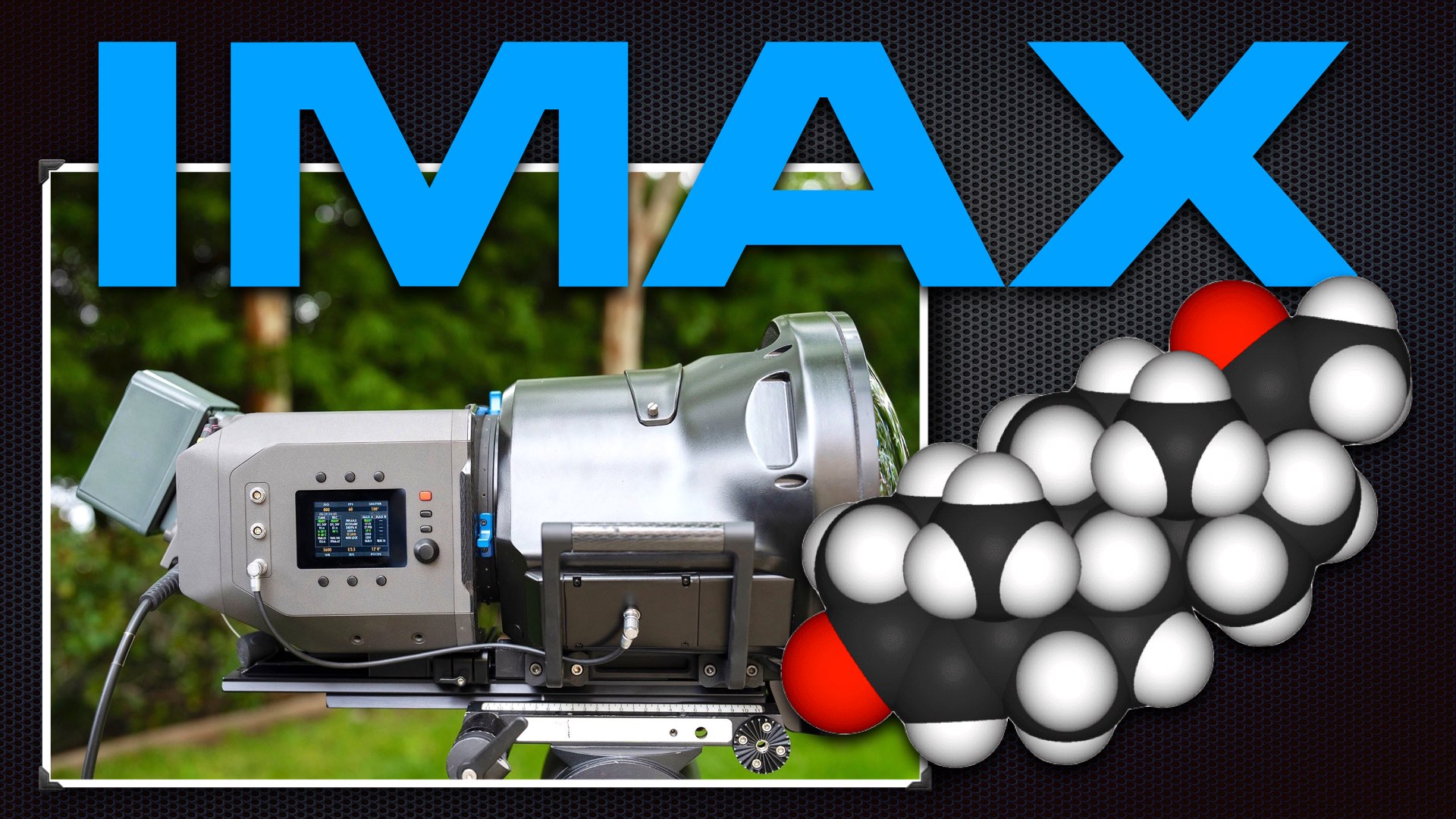
Technical Phases of the Transformation
Film Restoration and Cleanup
The first step in adapting The Wizard of Oz was restoring the original film. Despite being a masterpiece, the 1939 film showed signs of aging, including scratches, fading, and grain.
- Tools Used:
- DaVinci Resolve Studio: For color grading and enhancing visual consistency.
- Phoenix Film Restoration Software: Applied for frame-by-frame cleaning of scratches and imperfections.
- AI-Based Tools (e.g., Topaz Video AI): Utilized for automatic grain reduction and resolution upscaling.
- Process:
- Scanned original film reels at the highest possible resolution.
- Digitally cleaned each frame to remove artifacts.
- Enhanced colors to restore the vibrancy of the original Technicolor palette.
Resolution Upscaling to 16K
The Sphere’s wraparound screen necessitates ultra-high-resolution content. The original footage, designed for 35mm film projection, was upscaled to 16K resolution.
- Tools Used:
- Topaz Video AI: Leveraged for AI-powered upscaling, ensuring that fine details were preserved without introducing artifacts.
- Nuke by Foundry: Assisted in reworking complex scenes for higher resolution by providing advanced compositing tools and precision adjustments.
- OpenCV: A computer vision library used to automate certain tasks, such as motion stabilization and frame interpolation.
- Process:
- Split the film into individual scenes.
- Used machine learning models trained on historical footage to interpolate missing details during upscaling.
- Applied manual touch-ups in Nuke to enhance specific areas, such as Dorothy’s ruby slippers or the Yellow Brick Road.
Panoramic Reformatting
The Sphere’s immersive environment requires content that seamlessly surrounds the audience. This step involved reimagining The Wizard of Oz as a 360-degree experience.
- Tools Used:
- Unreal Engine: Employed to recreate iconic scenes in a 3D environment for panoramic display.
- Autodesk Maya: Used to add depth and extend scenes beyond their original framing.
- NukeX: Leveraged for advanced 3D compositing to seamlessly stitch additional assets into the original footage.
- After Effects: Applied for creating dynamic transitions and visual effects to blend scenes.
- Process:
- Extracted 2D assets and converted them into 3D environments.
- Used CGI to extend backgrounds, ensuring a wraparound effect.
- Integrated movement and perspective to match the audience’s viewpoint.
Spatial Audio Remastering
Audio was remastered to take advantage of the Sphere’s spatial audio system, which delivers sound with pinpoint precision to match visual elements.
- Tools Used:
- Dolby Atmos: Engineered multi-channel audio tracks to provide an immersive soundscape.
- Pro Tools: Mixed and synced dialogue, music, and effects with enhanced clarity.
- Sound Particles: Used for advanced 3D sound design, enabling dynamic audio movement.
- Process:
- Isolated original audio tracks for dialogue, music, and effects.
- Re-recorded certain elements to enhance dynamic range and spatial precision.
- Integrated audio cues with Sphere’s haptic feedback system.
Synchronizing Effects with the Sphere’s 4D Capabilities
To make the experience truly immersive, the adaptation incorporated the Sphere’s 4D effects, such as climate control, scent integration, and haptic seating.
- Tools Used:
- Custom synchronization software developed by Sphere Studios.
- Unity Engine: For real-time simulation and testing of 4D effects.
- Process:
- Mapped key moments in the film to specific effects (e.g., wind during the tornado scene).
- Programmed scents to match settings, like the poppy field.
- Synced haptic feedback to on-screen action, creating a tactile experience.
Rendering and Optimization
Rendering content for the Sphere required creating files optimized for its LED screen, which boasts a pixel density unmatched by traditional displays.
- Tools Used:
- RenderMan: Pixar’s rendering engine was used for high-quality, realistic outputs.
- Sphere Custom Rendering Pipeline: A proprietary system designed to handle 16K x 16K content.
- Houdini: Assisted in procedural generation and simulation for complex visual effects.
- Process:
- Rendered scenes in segments to manage file sizes and processing demands.
- Applied compression algorithms to ensure playback fluidity without compromising quality.
- Tested the rendered content on Sphere’s display to ensure perfect alignment and clarity.
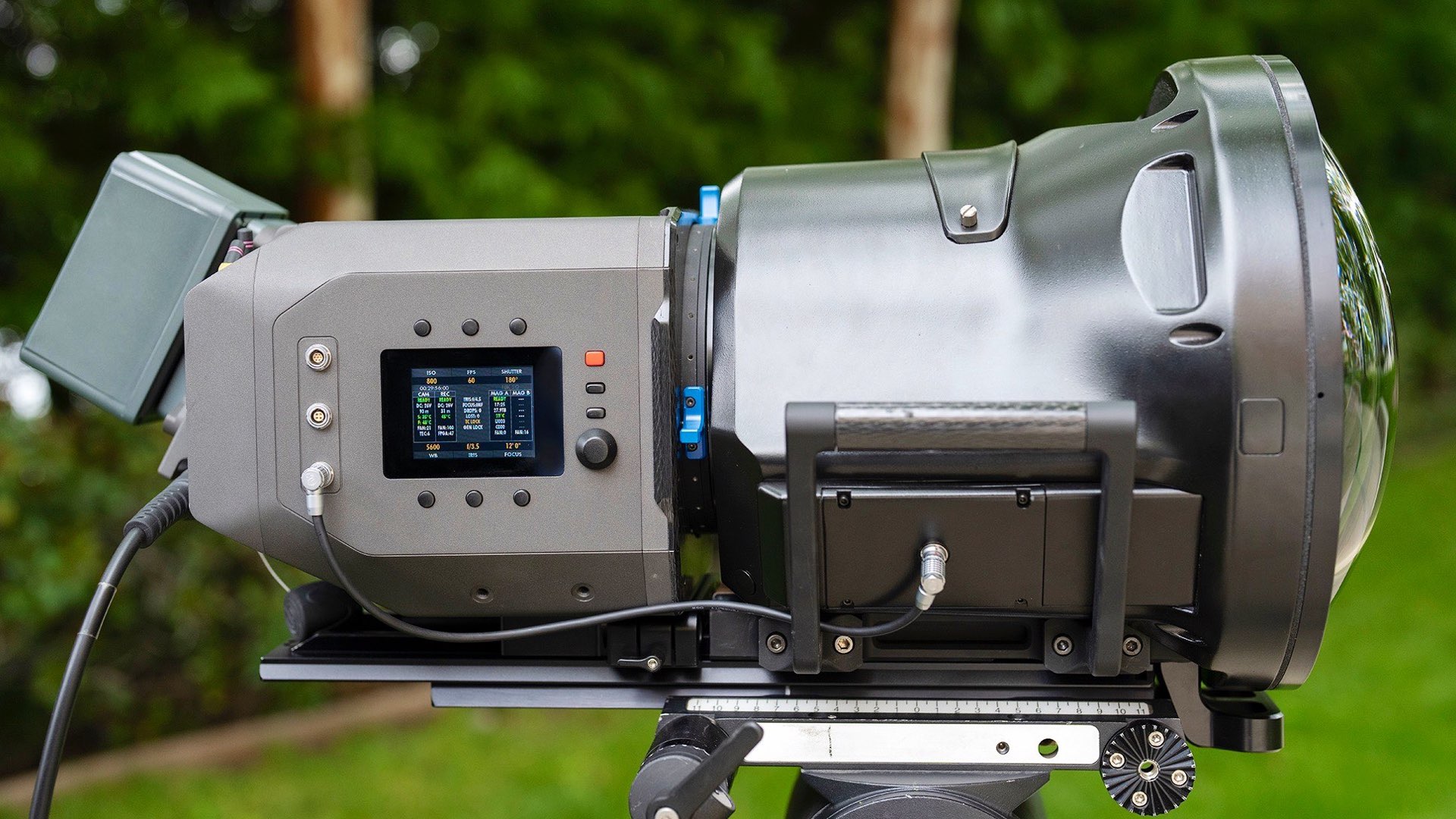
The Future of Cinema: Premium Experiences vs. Low-Level AI Content
The Wizard of Oz Sphere Project represents the pinnacle of what Premium Cinema can achieve. In an era dominated by low-quality, AI-generated videos designed for mobile consumption, such as Sora’s low-effort content, projects like this highlight the importance of investing in high-quality, immersive experiences. This is not just a technological marvel but a cultural statement that premium, large-scale productions are essential to bring audiences back to theaters. The future of cinema lies in creating experiences that cannot be replicated at home. The Sphere’s groundbreaking approach, combining high-resolution visuals, spatial audio, and 4D effects, ensures that audiences will continue to value the magic of the big screen. As filmmakers and studios embrace these innovations, the gap between true cinema and low-tier AI-generated content will grow, ensuring that moviegoers remain captivated by the power of storytelling and technology.
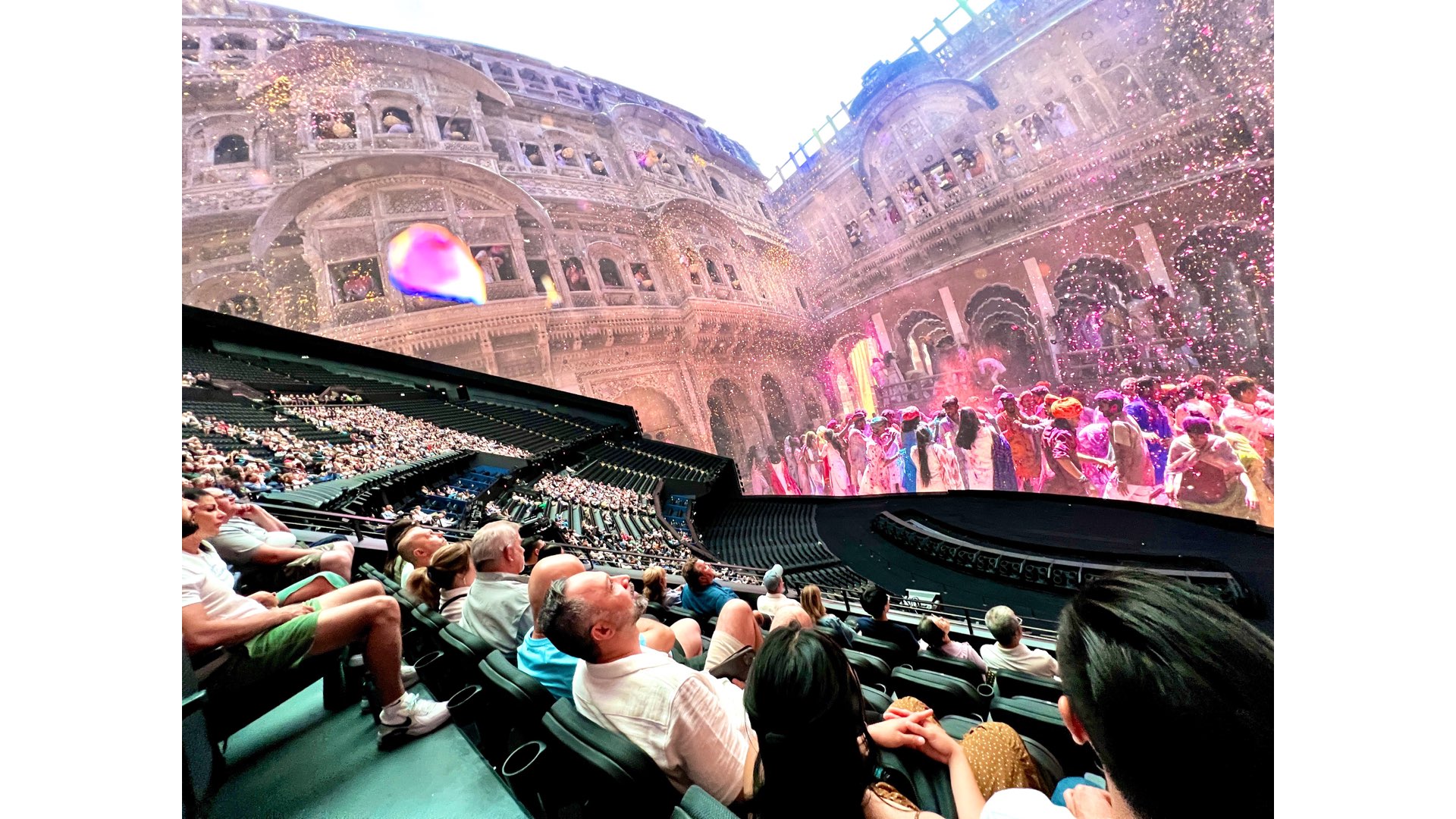
Conclusion
The Wizard of Oz Sphere Project is a testament to the possibilities of combining classic cinema with modern technology. By employing tools like Unreal Engine, Nuke, Topaz Video AI, and Dolby Atmos, and reimagining every frame for the Sphere’s unique environment, this adaptation not only preserves the magic of the original film but also reinvents it for a new era. The project’s $80 million cost reflects the complexity and innovation required to bring this vision to life, cementing the Las Vegas Sphere as a trailblazer in the evolution of cinematic experiences.

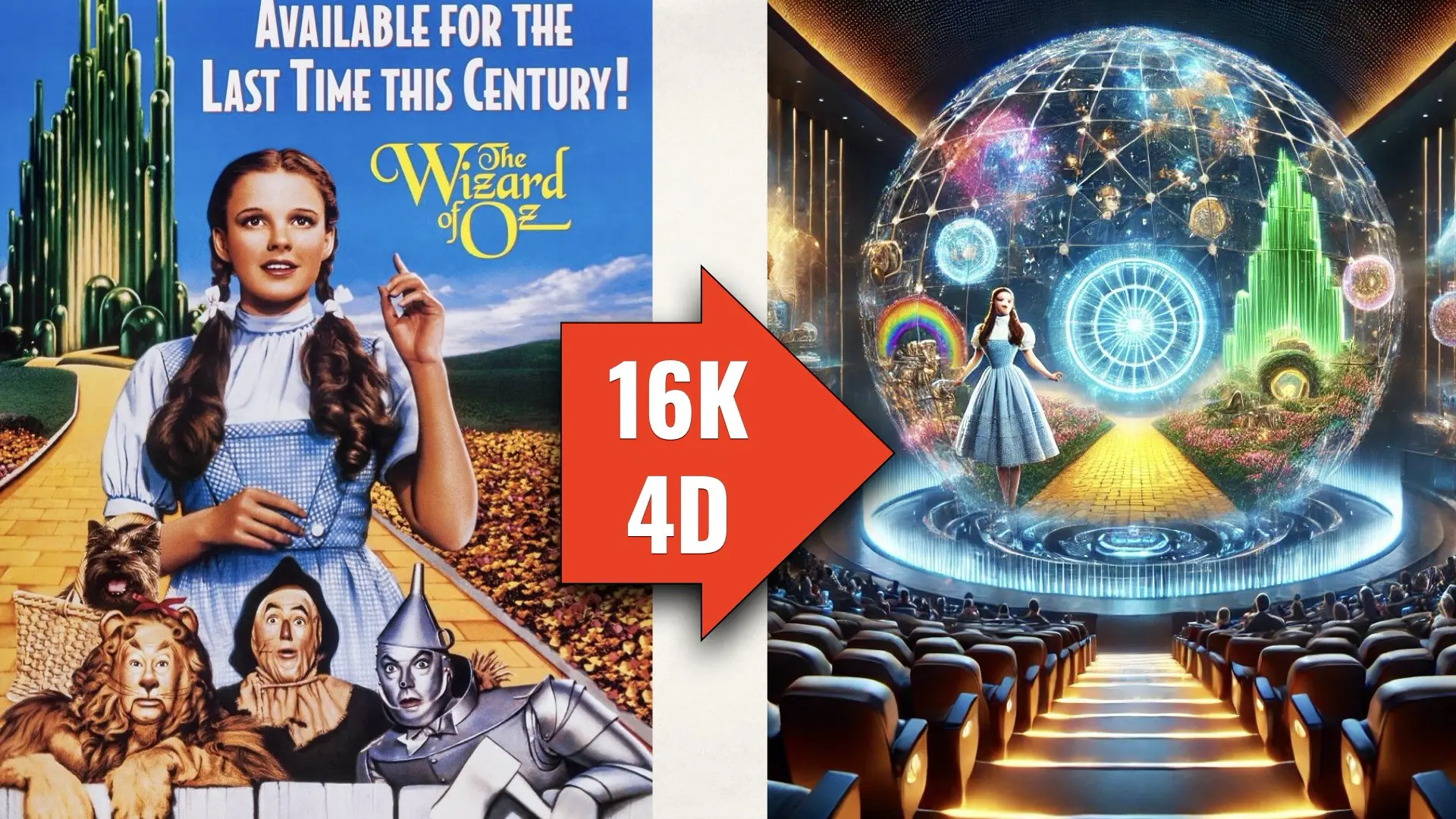
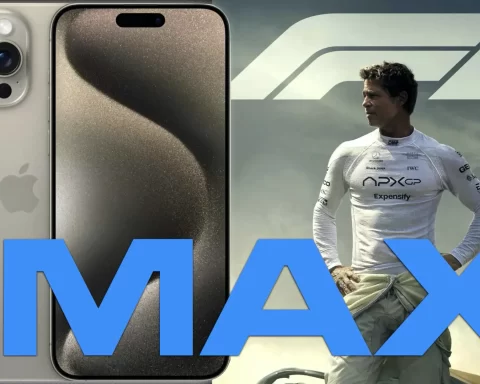
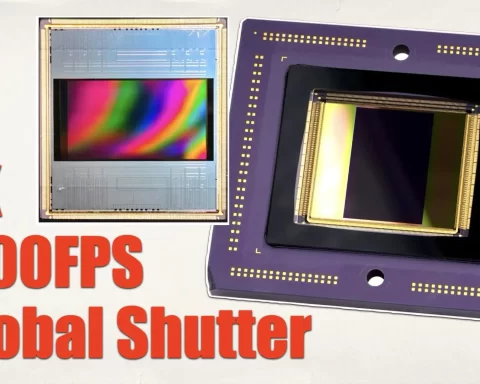

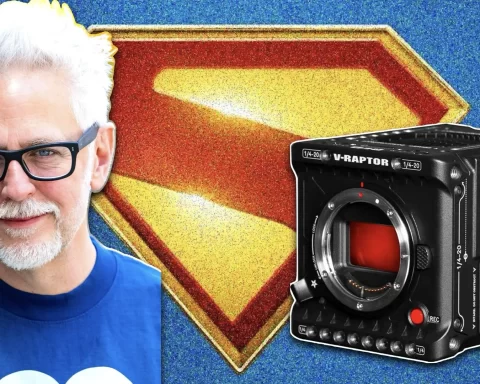
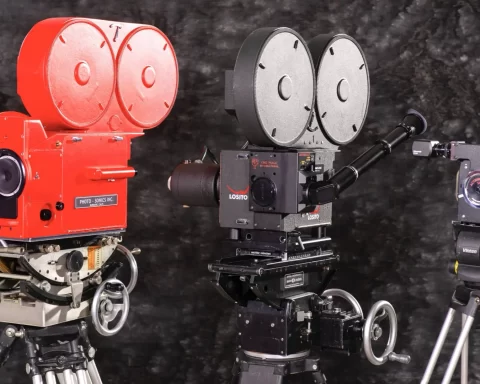
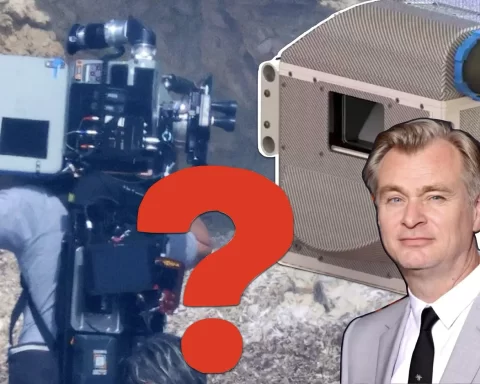

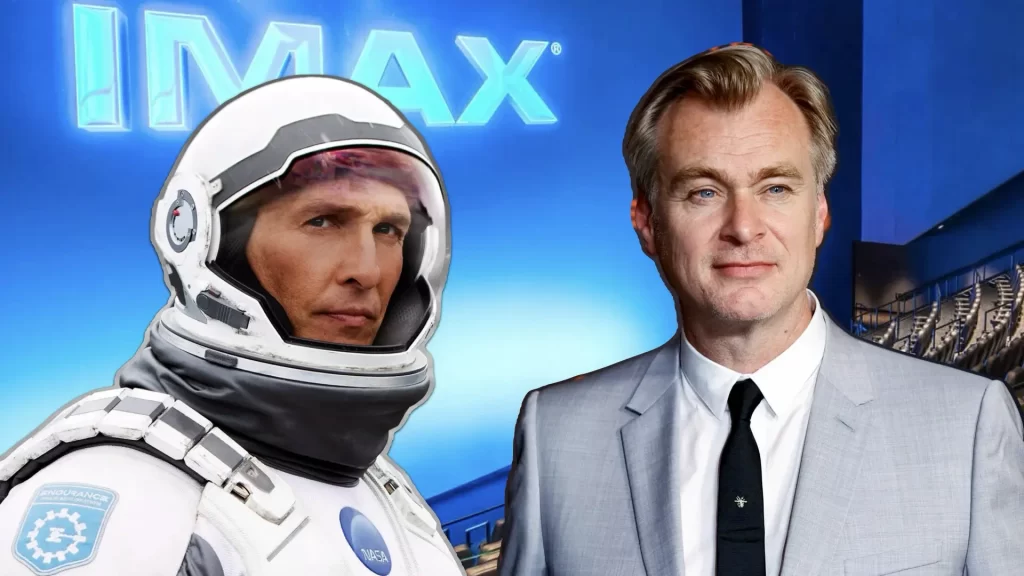
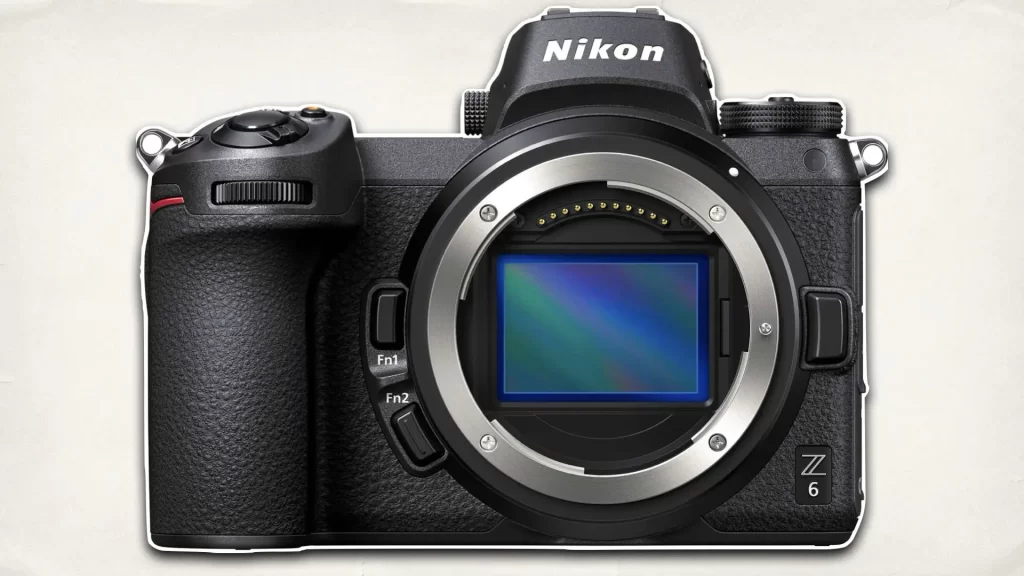
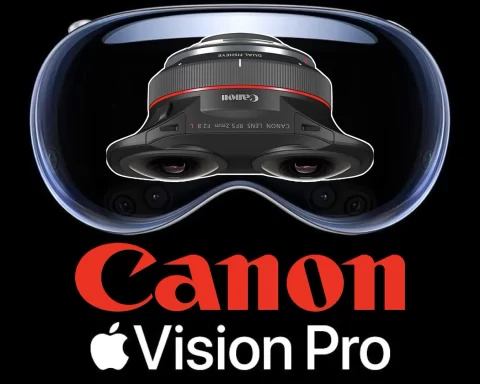
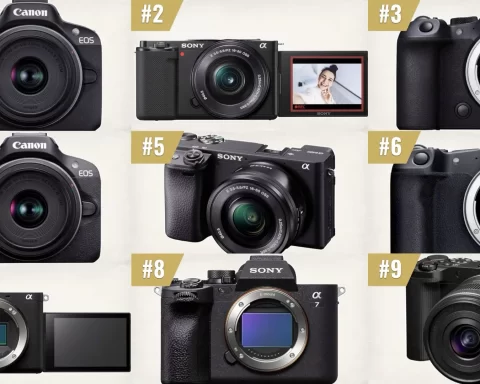

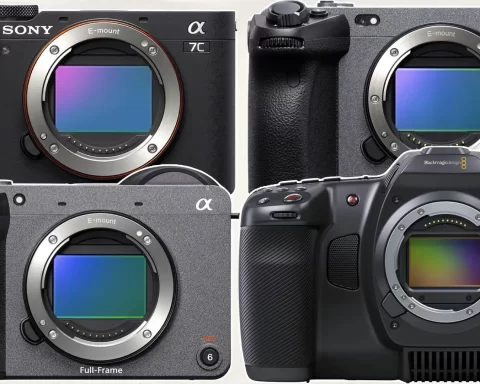


With the money and effort going into the clean up and upscale to 16K, it’s a shame they’re not releasing it to IMAX theaters. Before the next steps specific to The Sphere, of course. The academy aspect ratio is great for IMAX and the 16K would hold up well on the larger screen. Perhaps they will do so at a later time.
Couldn’t agree more!
Ozsome!